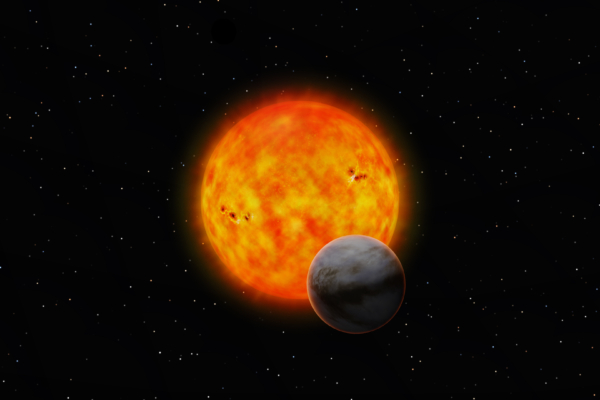A team of astronomers using the James Webb Space Telescope, operated by the National Aeronautics and Space Administration (NASA), has discovered a remarkable exoplanet that challenges current planetary classification systems. This new type of planet, dubbed “super-Venus,” shares striking similarities in atmospheric composition with Venus in our own solar system. The discovery of this planet is instrumental in understanding how planets and planetary systems are formed.
According to a recent press release from the National Astronomical Observatory of Japan, astronomers have confirmed more than 5,000 exoplanets orbiting around their host stars. Many of these exoplanets differ in properties from those within our solar system, making it challenging to speculate on their true nature.
Exoplanets with sizes ranging between Earth and Neptune are among the most common types of exoplanets. Due to the dense cloud cover often found on these planets, astronomers are uncertain whether they possess hydrogen-rich atmospheres like gas giants, rocky compositions like Earth, or are enveloped in water-rich atmospheres resembling ice giants like Neptune (referred to as water worlds).
An international research team led by Assistant Research Professor Everett Schlawin from the University of Arizona and the Steward Observatory, and Assistant Professor Kazumasa Ohno from the National Astronomical Observatory of Japan, successfully used the James Webb Space Telescope to observe a sample of such an exoplanet that penetrated the cloud cover. This exoplanet is known as GJ 1214 b.
Located 48 light-years away from Earth in the direction of the constellation Ophiuchus, GJ 1214 b stands out as one of the most easily studied examples of this type of planet.
Observational data from the James Webb Space Telescope indicates that GJ 1214 b is not a hydrogen-rich super-Earth or a water world but rather possesses a substantial amount of carbon dioxide, with concentrations comparable to Venus.
However, these new findings come with uncertainties. Ohno explained that the detected carbon dioxide signal is very faint, necessitating further research.
Subsequent theoretical simulations by the research team suggest that GJ 1214 b likely features a carbon-dominated atmosphere akin to a “super-Venus.”
Yet, the detected atmospheric features are incredibly subtle, likened by Schlawin to finding a specific passage in a novel like Leo Tolstoy’s “War and Peace.” He said, “It’s like looking for a single sentence if I hand you two books and you alter a sentence in one of them, can you find it?”
The research team emphasizes the need for further observations by astronomers to validate this discovery and gain a deeper understanding of these common yet enigmatic exoplanets.
The results of this study have been published in The Astrophysical Journal Letters.

